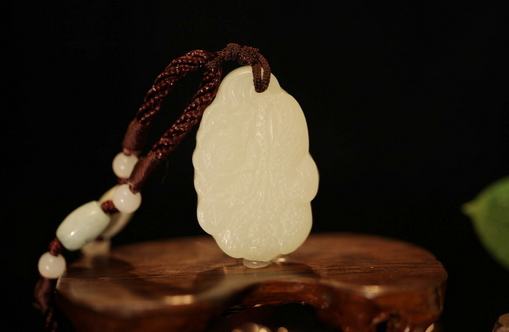Xinjiang sees revival of jade craftsmanship

 0 Comment(s)
0 Comment(s) Print
Print E-mail CNTV, October 3, 2013
E-mail CNTV, October 3, 2013
Speaking of delicate artifacts, jade culture boasts a history of thousands of years in China, and the most famous source of jade is Xinjiang’s Hetian. But an old saying goes, “there is no carved jade from Xinjiang”. That means the region only exports the raw material, not the actual works of art. But today, one man is changing that.
Jade is no more than a stone before it’s chiseled and grinded.
Xinjiang artist Ma Xuewu is one person who turns nature’s gift into masterpieces.
He started 40 years ago, and today, the job is more than just a way of making a living.
Ma Xuewu, Chief of Xinjiang Hetian Jade Museum, said, “I believe Hetian jade represents the core of Chinese culture. It’s so gentle, refined, but it’s not as shiny as pearls or emeralds. It’s like the character of a Chinese gentleman, who pays attention to cultivating his inner world, while keeping a low profile.”
He says all his works are humble attempts to show the intrinsic nature of Hetian jade.
The artist has spent most of the money he’s made on opening one of the biggest Hetian jade museums in Xinjiang’s capital, Urumqi. He hopes it can help revive this traditional art at the very source of jade.
Ma said, “Now 80 percent of Hetian jade works are produced in eastern China. Xinjiang only exports the raw material. We are losing our culture.”
But perhaps the best way to keep tradition alive is passing it down.
The master of Hetian jade has started a school.
Ma Xuewu’s student Zhao Yan said, “Our teacher not only teaches us the techniques, but also puts a lot of emphasis on the culture behind them. He hopes to turn us into real artists, not just craftsmen.”
Today, Ma Xuewu, together with his students, is reviving the art, and rewriting the history of a region without carved jade.






Go to Forum >>0 Comment(s)